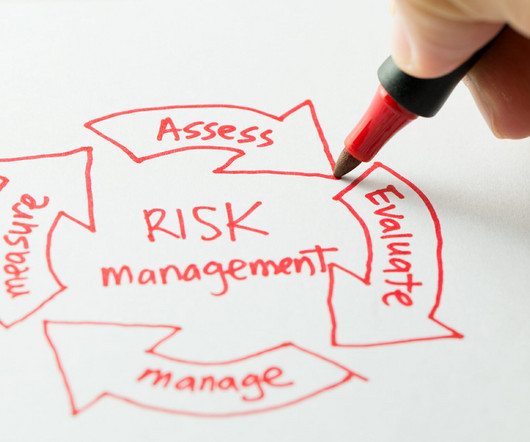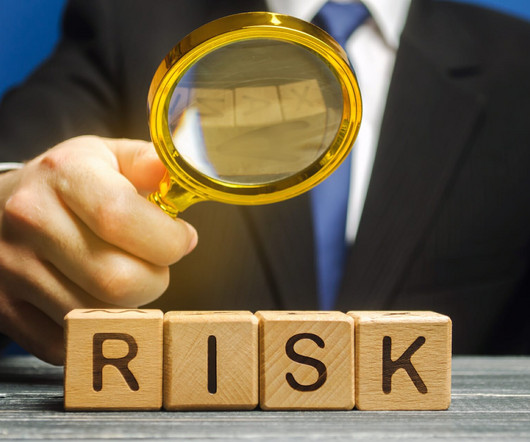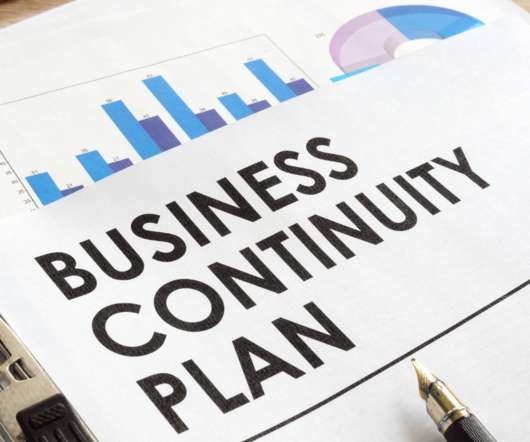Getting Started with Enterprise Risk Management
MHA Consulting
MARCH 14, 2024
In today’s post, we’ll take a look at how organizations can get started using Enterprise Risk Management (ERM) to reduce their exposure and improve their resilience. Putting Their Head in the Sand Many organizations put their head in the sand when it comes to assessing the risks they face.
























Let's personalize your content